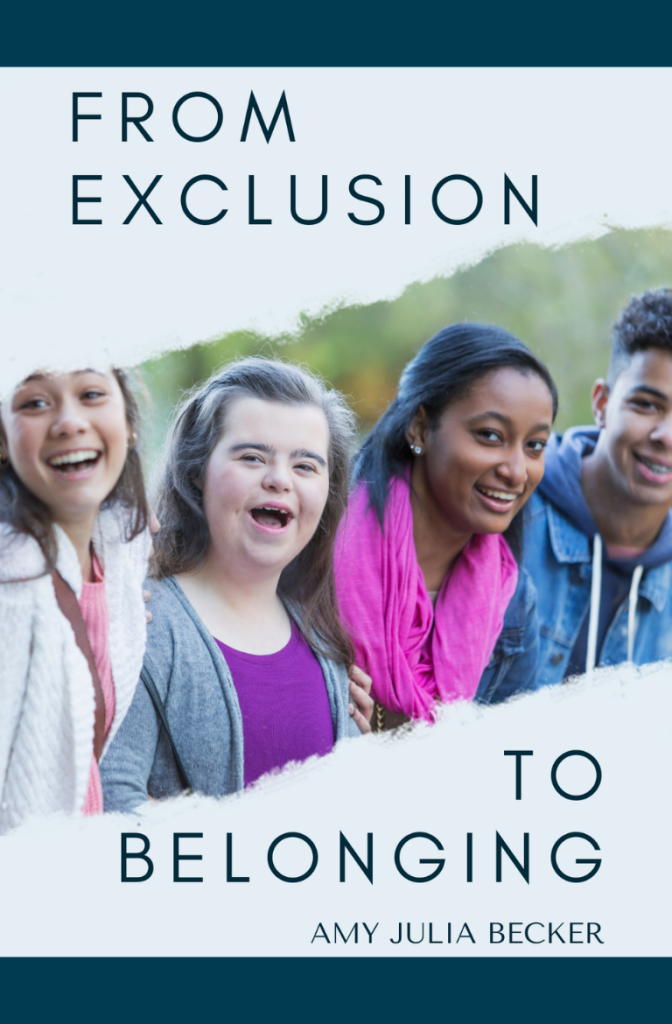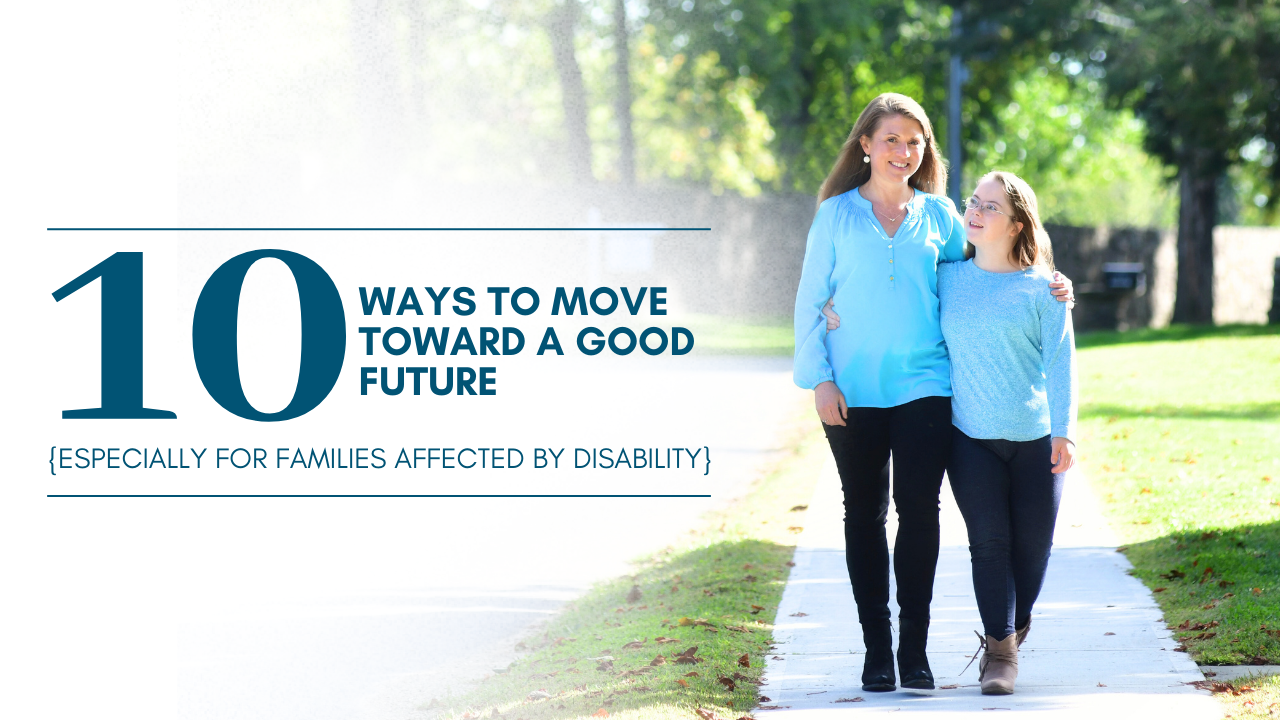What do I do? People in my family received a terminal diagnosis for their child. What do I do? A woman recently emailed me this question. When I wrote her back, I mentioned The Deepest Place, Curt Thompson’s book, and I said, “Just stay. Bring the meal. If they need an errand that’s a part of staying. But more than anything else, you stay.”
And she emailed back and said, “You’re right. I want to fix it. And that’s not the answer. The answer is just to be there and bear witness with them to the pain of this.”
Hope is not toxic positivity in which we just say everything’s going to work out fine or everything happens for a reason. There’s a depth to hope that actually can still hold the reality of pain and loss, and somehow being with one another is a part of that.
I was talking about all of this with Curt on the podcast, and I loved his insights. He said:
“We have all kinds of stories that are about our suffering that we assume nobody wants to hear. And so I simply pile on my suffering by not naming it. But I can’t just hope on my own. I’m going to have to borrow your hope for me until mine can catch up. That’s the way that I form it. As we like to say, ’At the end of the day, I don’t form hope for me; *we* form hope for me.’ That’s the only way hope is ever formed.”
I love this idea of forming hope for each other. How have you seen friendship form and shape hope?
Go here to listen to my full conversation with Curt.
This post contains affiliate links.
More with Amy Julia:




